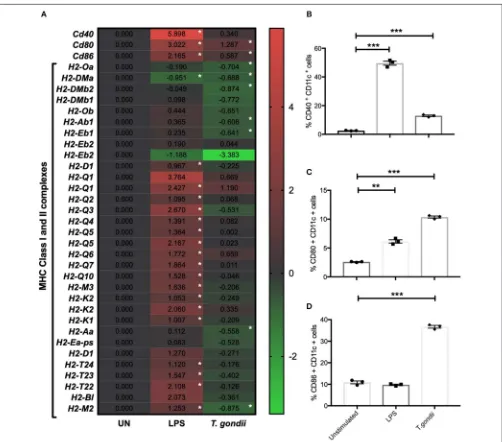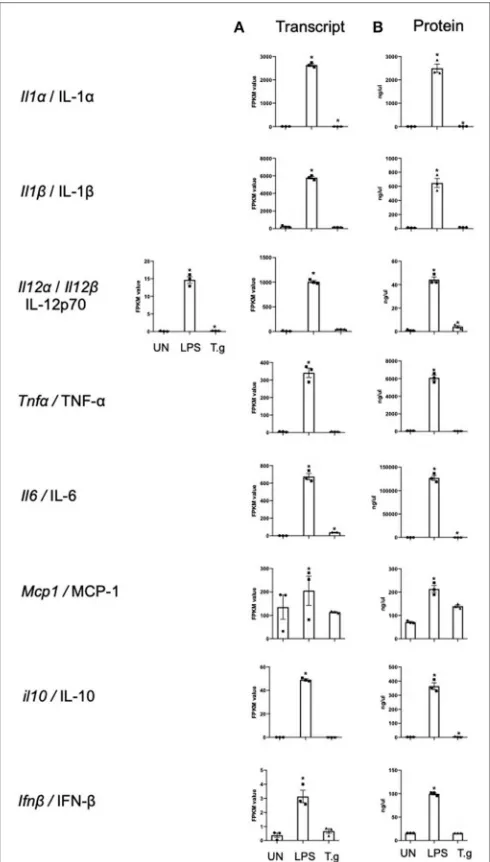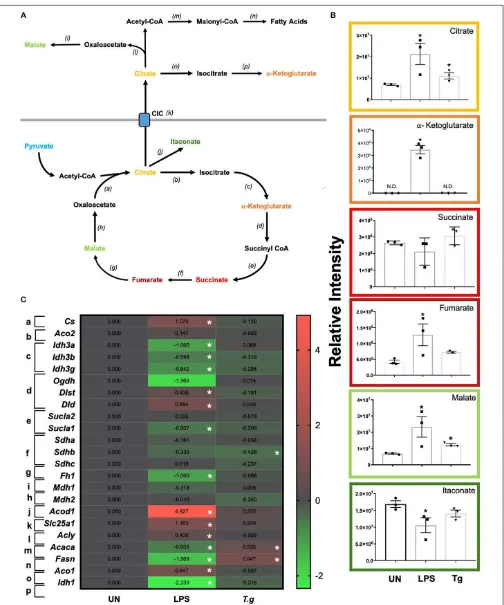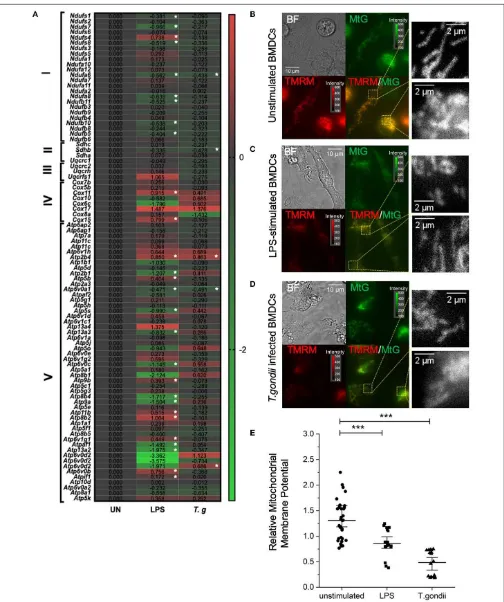Multi-omics studies demonstrate Toxoplasma gondii-induced metabolic reprogramming of murine dendritic cells
Full text
Figure




Related documents
We report the first adult case of primary liver abscess caused by the definite K2 serotyped pathogen, with endogenous endophthalmitis in Japan.. Case presentation: A 64-year-old
While Tgfb1 mRNA levels were increased in response to bleomycin treatment in each mouse group, Tgfb1 mRNA level was significantly less in Ppl –/– mice compared with Ppl +/+ mice
There is a positive significant relationship between customer satisfaction and Hostess attention, table setting, cleanliness of cutlery and glassware, waiter service, food
One involving only engineering students of same branch learning a core paper of electrical engineering department with flipped classroom environment and the
The average grade for the final achieved level of formal education and the initiative regarding the search for additional education has much less of an impact on power than the
technology intelligence comprised 32 items (strategic goals and orientations, 7 items; types of information, 9 items; information resources, 5 items; and management skills,
the variation in engaging in sexual intercourse among this sample of older Hispanic female adoles-
Obstacle Detector Module waits for the ultrasonic sensors and if it triggers an event then the module takes an image of the user path using the device camera.. Upon





